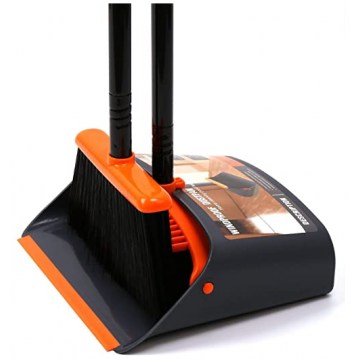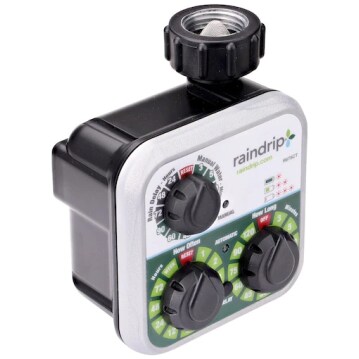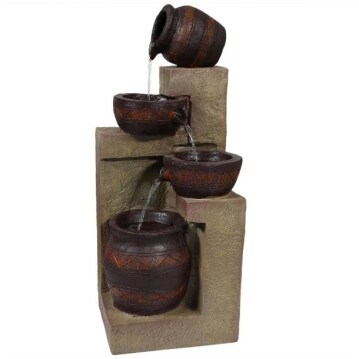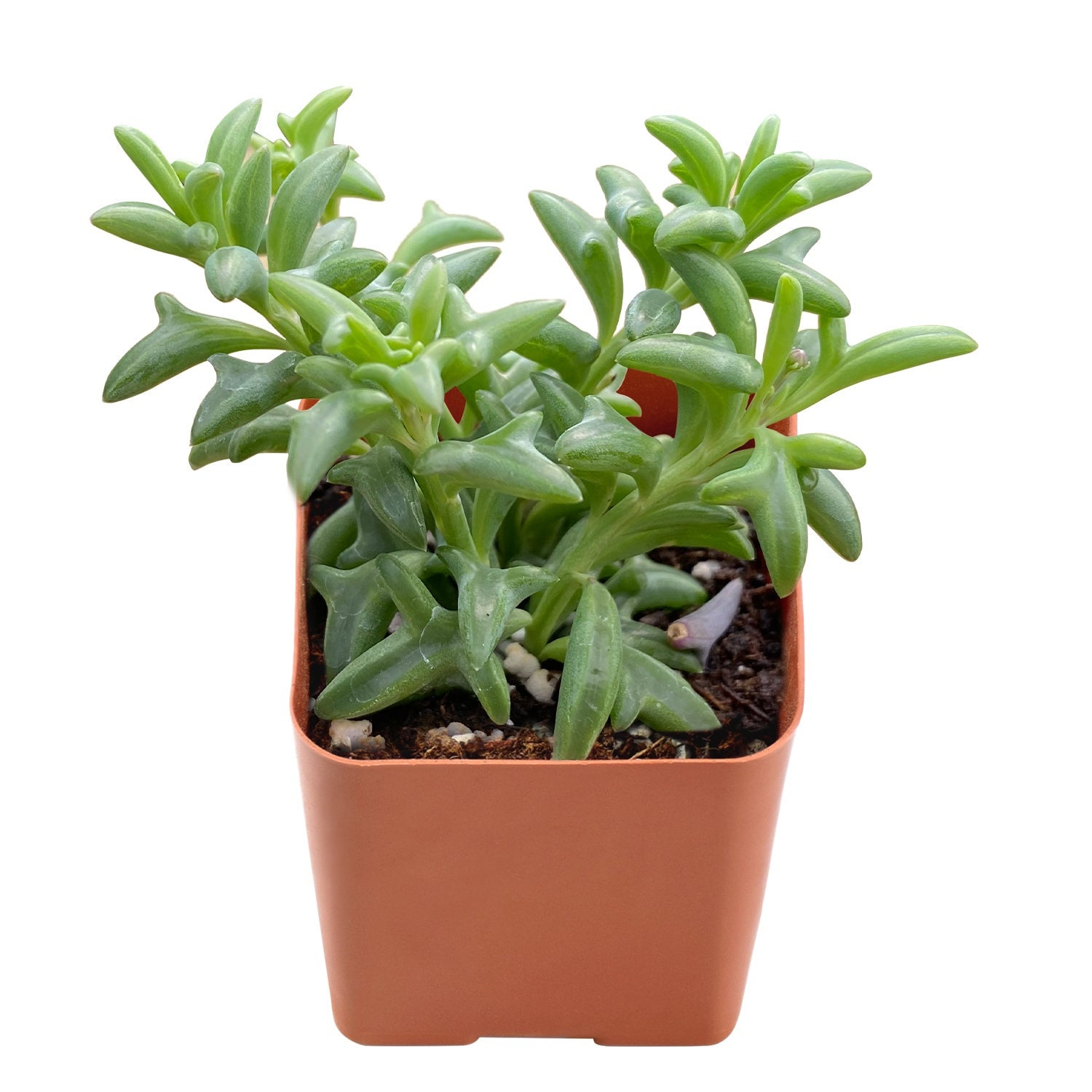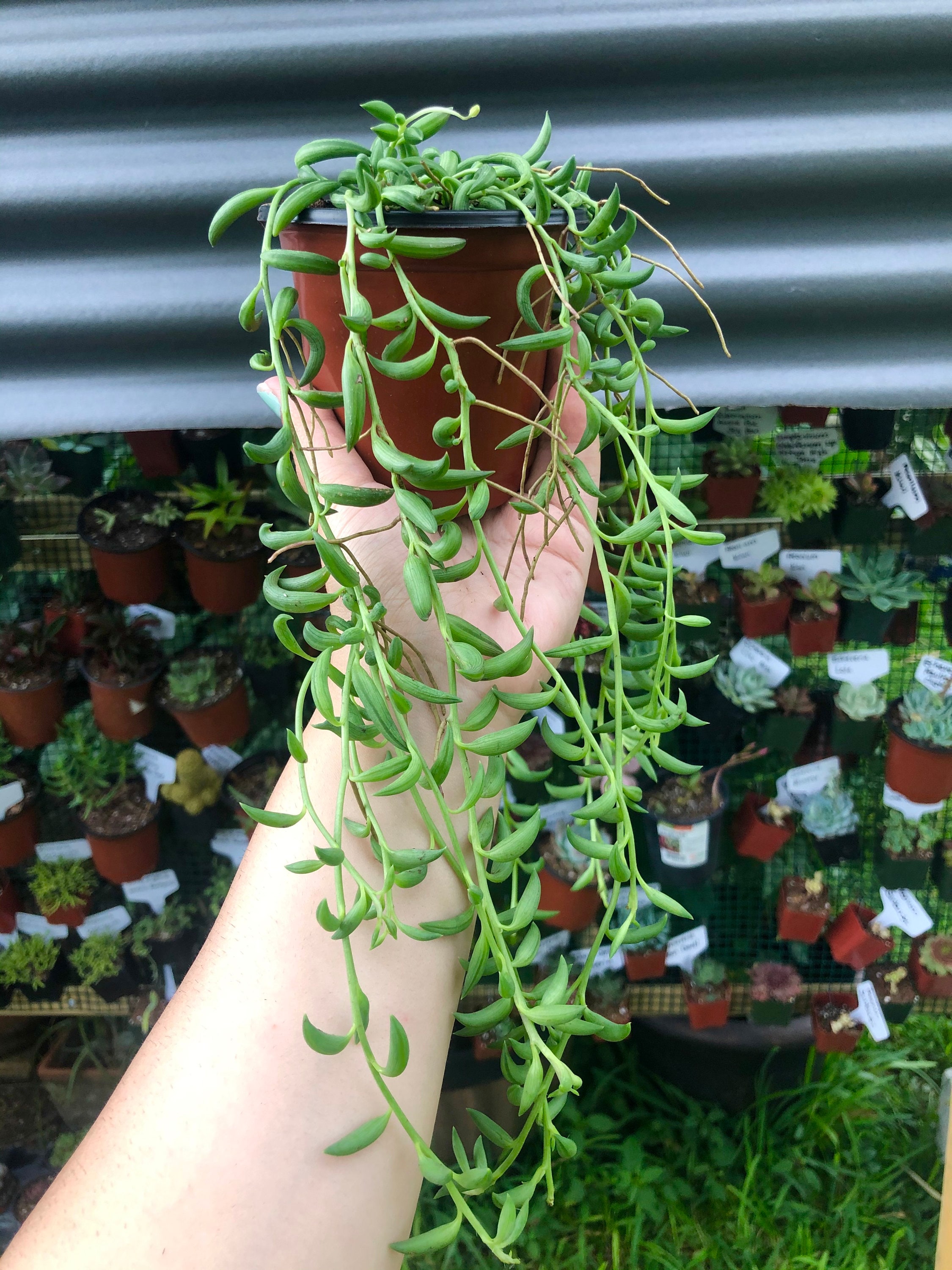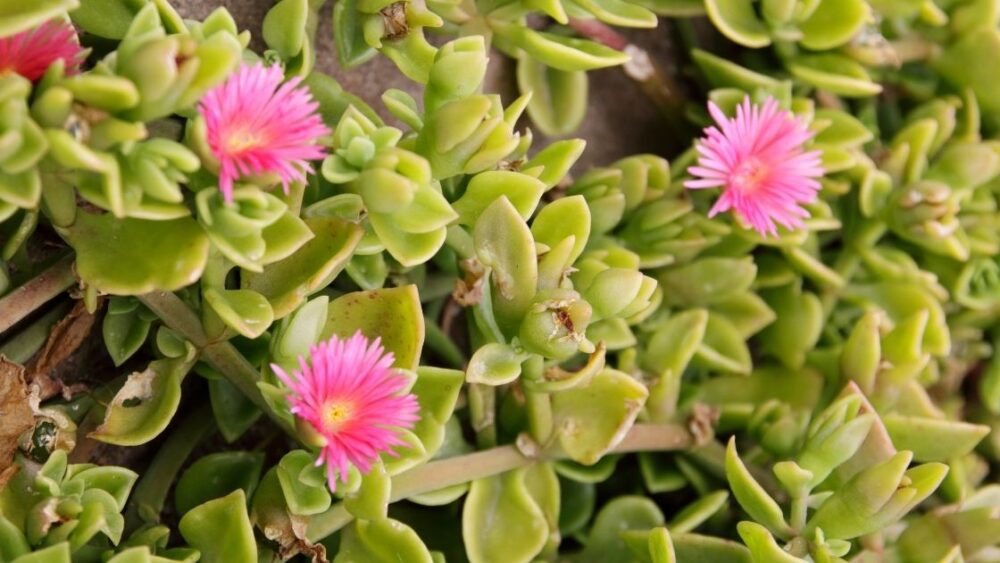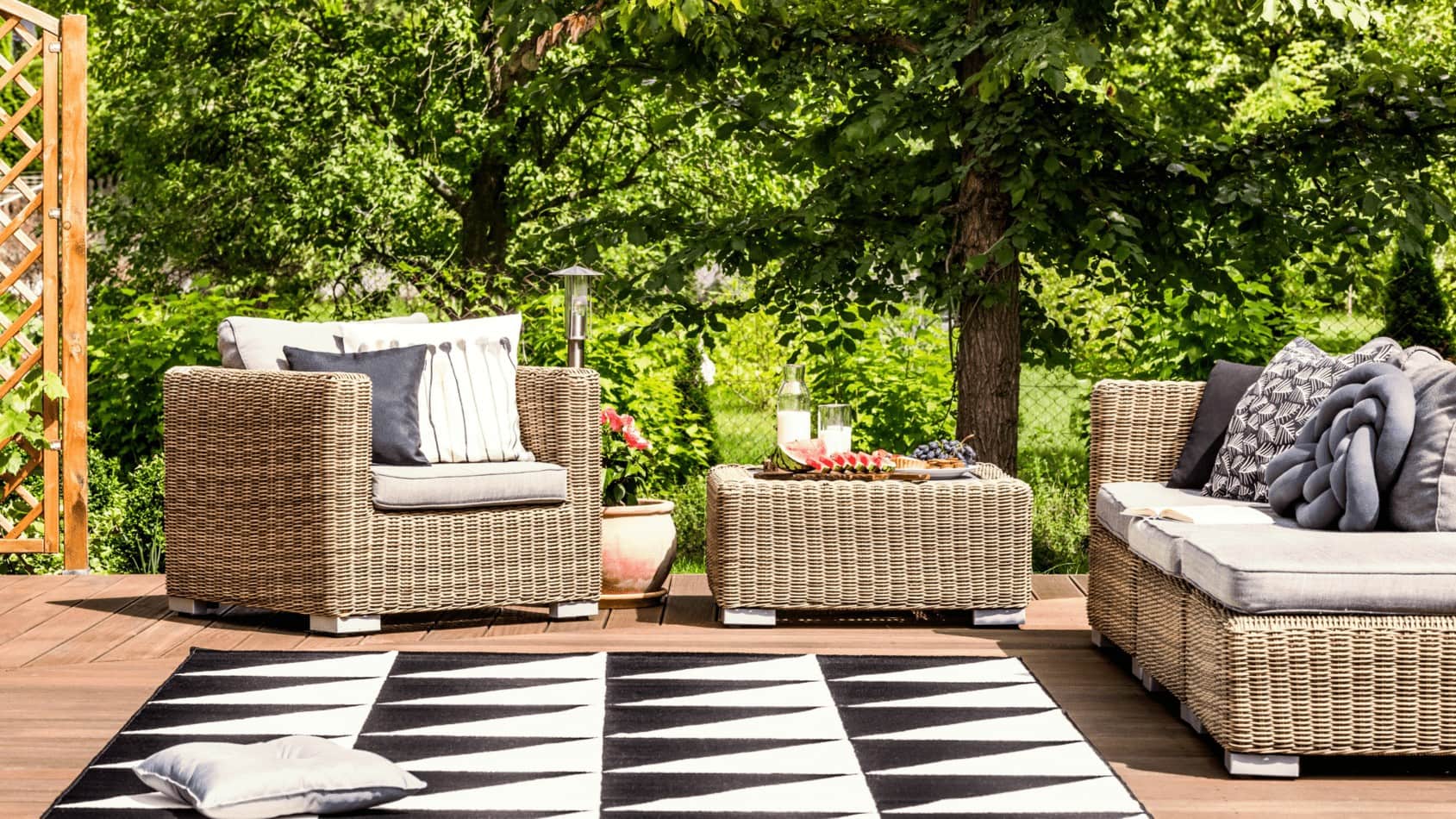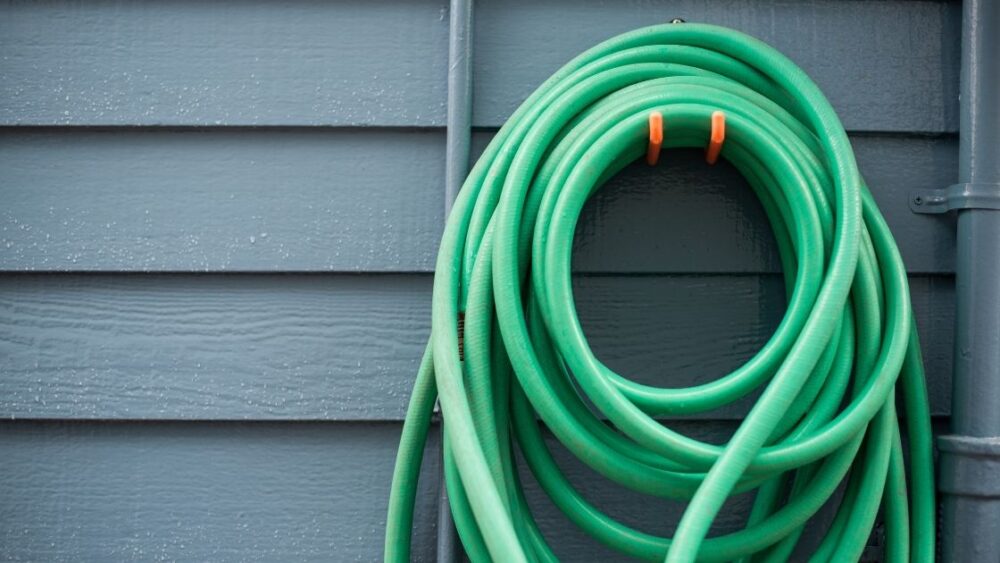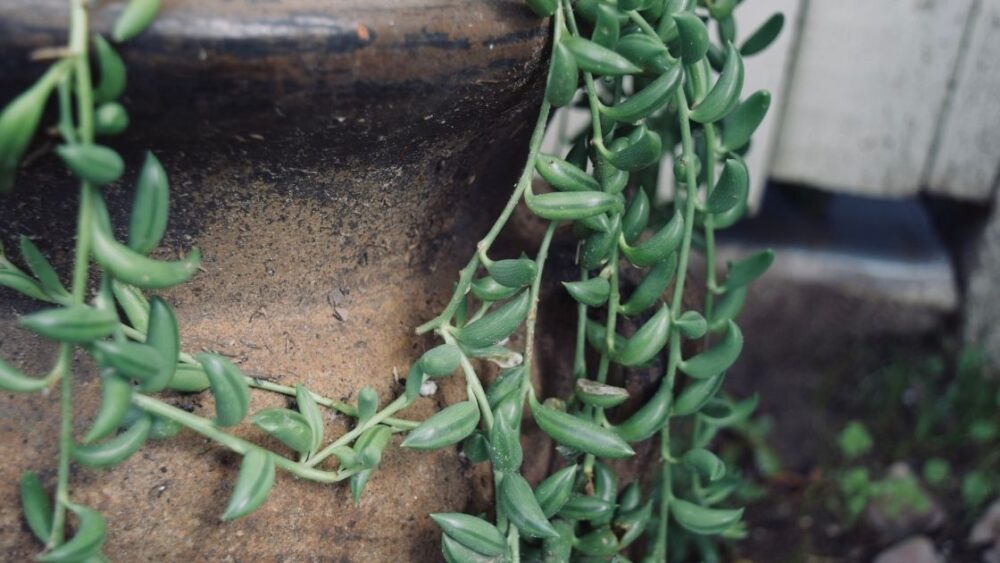
Generally, string of bananas (Curio radicans) is a very forgiving succulent that is difficult to kill and easy to revive, but low light conditions, watering issues, and depleted soils can leave your succulent in a thin and wilted state. Additionally, when propagated from cuttings, this is one of the few succulents that easily and quickly roots in plain water, always giving you the option of ‘re-starting’ the plant from a cutting in case it dies.
Possible causes of thin growth in the string of bananas succulents
Low Light Conditions
Succulents are generally not efficient at photosynthesis and only absorb carbon dioxide at night, when the temperatures are lower and the risk of water loss through the leaves is low. During the day, they keep their stomata – the tiny, breathing openings scattered along the leaf surface closed.
The string of bananas however, doesn’t do that, as it hasn’t evolved to live in completely arid conditions. Instead, it photosynthesizes like normal, non-succulent plants, but has a lot less leaf openings that can absorb carbon dioxide. As a result, its photosynthetic efficiency is low and unless you provide it with at least 6 hours of direct sunlight or very strong indirect sunlight every day, growth will be very poor and sparse.
Browse our Affiliate Products
Insufficient light is one of the most underestimated causes of poor growth in string succulents – most people tend to think that as long as the plant is near a window, it receives enough light. This couldn’t be further from the truth and unless the sun is shining directly on the plant through the window, the light intensity is often 20-30 times less compared to that of direct sunlight. This can be easily confirmed with a cheap, $15 light meter or even a light meter app installed on your phone.
Too Little Water
When it comes to succulents, too frequent watering is a typical beginner mistake that can easily lead to root rot and kill the plant in a matter of weeks. However, the string of bananas is not a succulent that has adapted to growing in completely arid conditions – you should still let the top of the soil dry out between each watering, but you shouldn’t let it get bone-dry.
To find a wide variety of succulents, Check out our affiliates below.
Even the slightest tissue dehydration can lead to a 10-fold drop in photosynthetic rates in the string of bananas, as well as in the string of pearls. If this ‘drought stress’ occurs often, the plant won’t grow well, regardless of how much sun it gets. In fact, if the plant is dehydrated and stressed by insufficient water, direct sunlight may only make matters worse and paradoxically lead to complete cessation of photosynthesis.
For more information on other types of succulents, check out our: Succulent Category.
Too Frequent Watering Leading to Root Issues
As is the case with all drought-tolerant plants, this one can also suffer if its root system is kept constantly wet. Some moisture should always remain in the soil, but when the water content gets high enough to displace a lot of the air in the root zone, root rot may set in.
Apart from sparse, thin growth, the other symptoms of root rot are yellowing leaves and browning of the whole plant that starts from the base and starts moving upwards. Later, we’ll talk about how you can revive the plant if this is happening.
Unfavorable Temperature
This succulent requires a winter dormancy to be happy long-term and flower. It usually enters dormancy when the temperatures drop to around 60F (16C). Newly purchased plants can experience heat stress if suddenly placed in direct sunlight without gradual acclimatization and this can temporarily lead to thin growth with small, deformed leaves.
What Can Cause String of Bananas to Wilt?
Temporary wilting can be normal in the string of bananas if the plant is suddenly exposed to high temperatures its not used to or if the soil is too dry. This problem is usually not as bad as with the string of pearls succulent, which has thinner stems which can transport less water.
If the wilting is constant, accompanied by browning/yellowing and steadily gets worse, this can signal a problem in the root zone, which may ultimately require repotting or even re-starting the plant from cuttings. Those long-term problems are usually caused by watering too much and too frequently or by an unsuitable, poorly-draining soil. For more information about soil, check out our article, What Are The BEST Potting Soils for Every Type of Plant?
How to Revive a Thinning or Wilting String of Bananas Succulent?
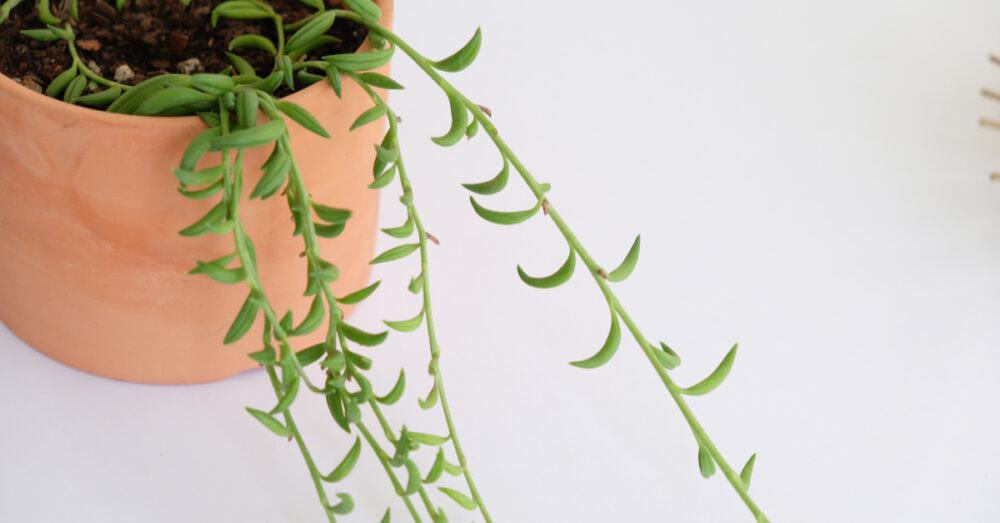
This comes down to diagnosing and fixing the underlying problem. Healthy string of bananas succulents have plump leaves, numerous stems and grow at a rate of about 2-3 inches per month, or around 0,1 inch per day. If that’s not the case with your plant, make sure it gets enough light, is watered properly every 2-3 weeks and is growing in good, airy soil.
Correcting Light Deficiency
If your string of bananas has been sitting in a spot far away from a window (or even slightly away), the first thing to try is to provide the plant with more light. Place the pot on a windowsill, but make sure to keep an eye out for any wilting and leaf dehydration.
Plants that have been suffering form a light deficiency will usually start looking better in a matter of 2-3 days. You will notice better leaf color, more plump leaves and greatly increased growth.
Resuming Proper Watering
Examine the leaves for signs of dehydration. Wrinkling, softness and lack of plumpness are good indicators. Water the plant, but not too much and not too often. Once you water the soil thoroughly, you should never water again for at least a week or two. See if misting resolves the wilting, in which case the plant may simply be stressed by too much heat.
Diagnose and Fix Root Problems
This is the most difficult problem to diagnose and correct. Root problems often present with browning or yellowing of the stems and leaves and the whole plant may look sick. Giving the plant more light doesn’t seem to help and neither does watering.
In that case, you can try cutting back the plant, repotting it (after gently cleaning the roots with running water) and rooting the cut branches in water to have a ‘back up’ in case the original plant dies. Root problems develop because of excessive watering, too high soil temperatures or lack of drainage. Click to read our article all about pots here, What is the perfect pot for my plants?
Final Thoughts
Just like all plants, the string of bananas grows poorly in low light, developing fragile, overly elongated stems and small, misshapen leaves – the problem starts disappearing in a matter of days once the plant is placed in a sunny spot. Persistent poor growth, with discoloration or severe wilting may signal a root problem, usually caused by overwatering.
The plant may recover on its own when you start watering it correctly, but the root system may be too far gone. In that case, repotting & cutting back may be the only solution. Poor, thin growth may simply be caused by insufficient water, as tissue dehydration greatly hinders photosynthesis in this plant.

